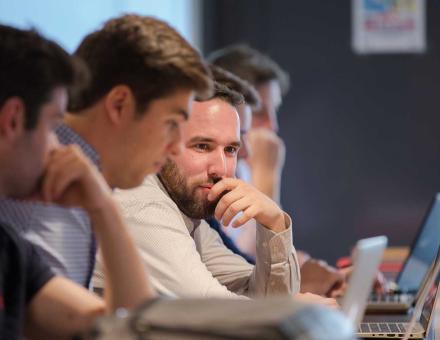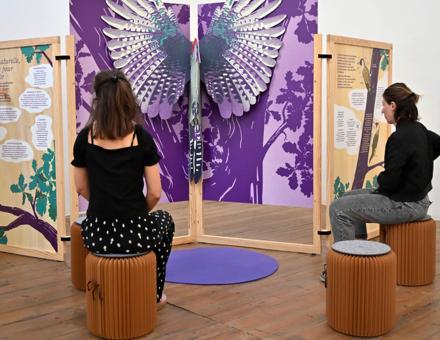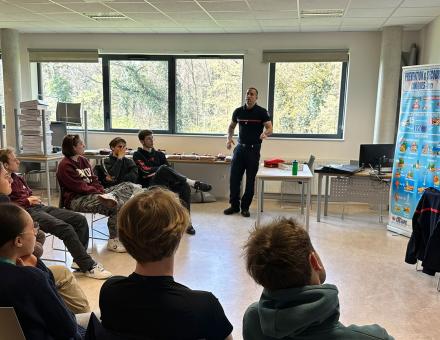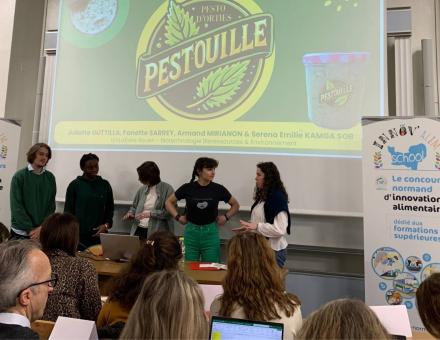Julien Bailleul, associate professor in sedimentary geology and basin analysis, will be aboard the Téthys II, an Ifremer vessel carrying out scientific research missions, from July 25 to August 5. During 10 days, he will be a member of the oceanographic mission WATER 2.
The WATER (Western Aegean Tectonic Evolution and Reactivations) project is dedicated to the structural and geodynamic analysis of a tectonically active area of the northwestern Aegean Sea, a sector whose deformation is partly controlled by successive structural legacies.
The WATER 2 sea campaign request follows a first expedition carried out in 2017 on the Tethys II, from July 25 to August 4, 2017.
This work is motivated by the preliminary results of a first campaign, by the backing of this expedition to the work of a PhD student (F. Caroir / Oct. 2018 - Sept. 2021), as well as by the scientific interest of this project.
The study area is located in the north-western part of the Aegean Sea, a tectonically active sector where deformation is controlled by the escape of the Anatolian-Aegean plate along the North Anatolian Fault (NAF), by the stretching of the plate under the effect of the retreat of the plunging panel of the African Plate, but also by successive structural legacies (Pliocene rifts, crustal structures of the Hellenides,...). It is therefore a complex sector in the western extension of the ANF which is a large active fault characterized by a very high seismicity, both in terms of frequency of earthquakes and their potentially high magnitudes (eg. earthquake of 14/10/2008, ML = 5.6, North Evia).
One of the main objectives of this project is to constrain the structural styles and major structural directions in order to integrate them into the broader context of the western termination of the ANF and the structures associated with the Aegean extension. In addition, this structural interpretation work will allow to consider crustal heterogeneities related to the structural legacies of the Hellenid Range. These results can be compared with existing data on the recent and active deformation of this sector (seismological, geodesic, structural data on land). From a more fundamental point of view, this project aims to understand the interactions between the major crustal faults (e.g. the inner Hellenides front) and the extensive structures that subsequently develop in connection with the retreat of the dipping panel (plio-quaternary normal faults).
This work integrates field surveys and analogical laboratory modelling. Our initial modeling results (Graveleau et al., 2018) show that tectonic inversion of the thrust front appears to have a major impact on the kinematics of extension at the crustal scale.
UniLaSalle wishes Julien an excellent expedition!






